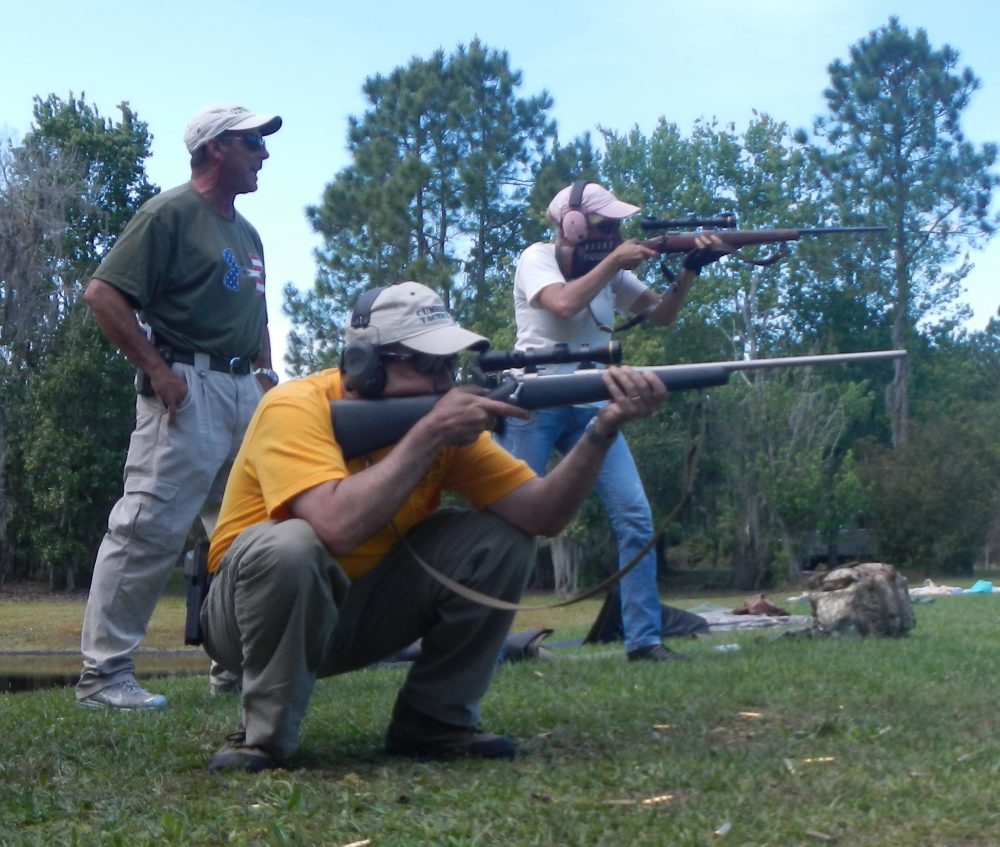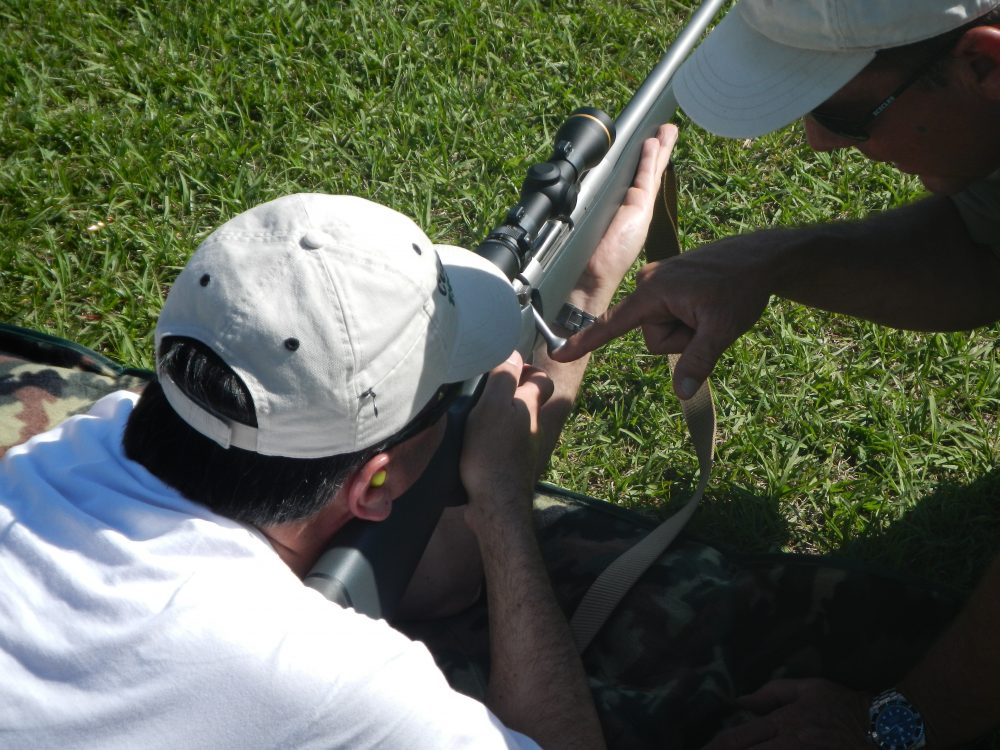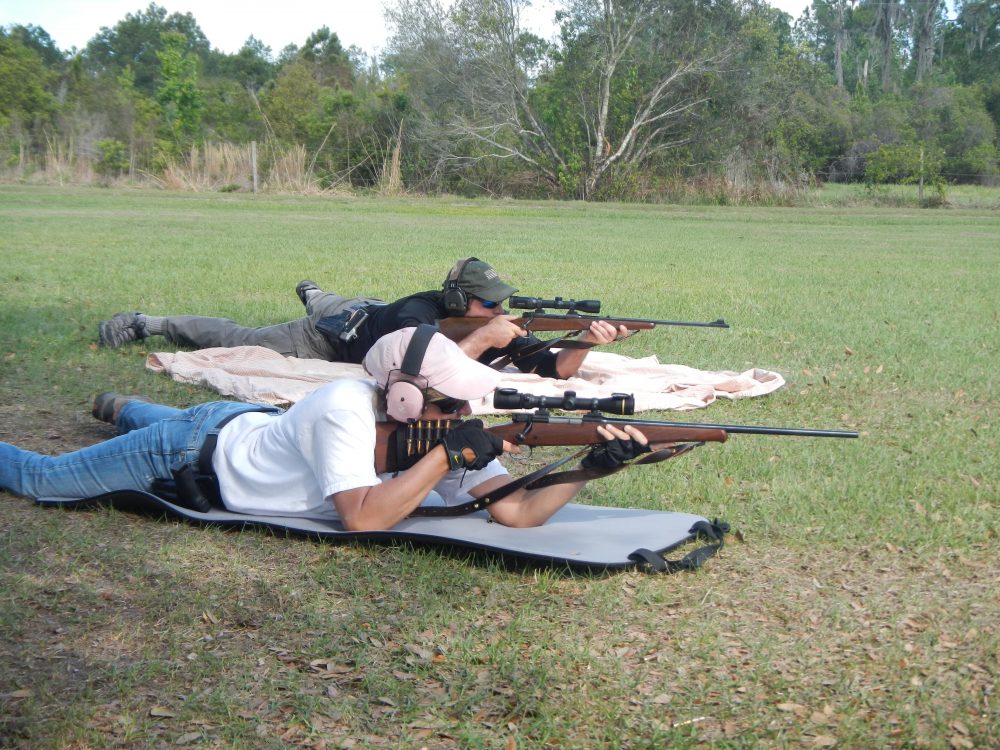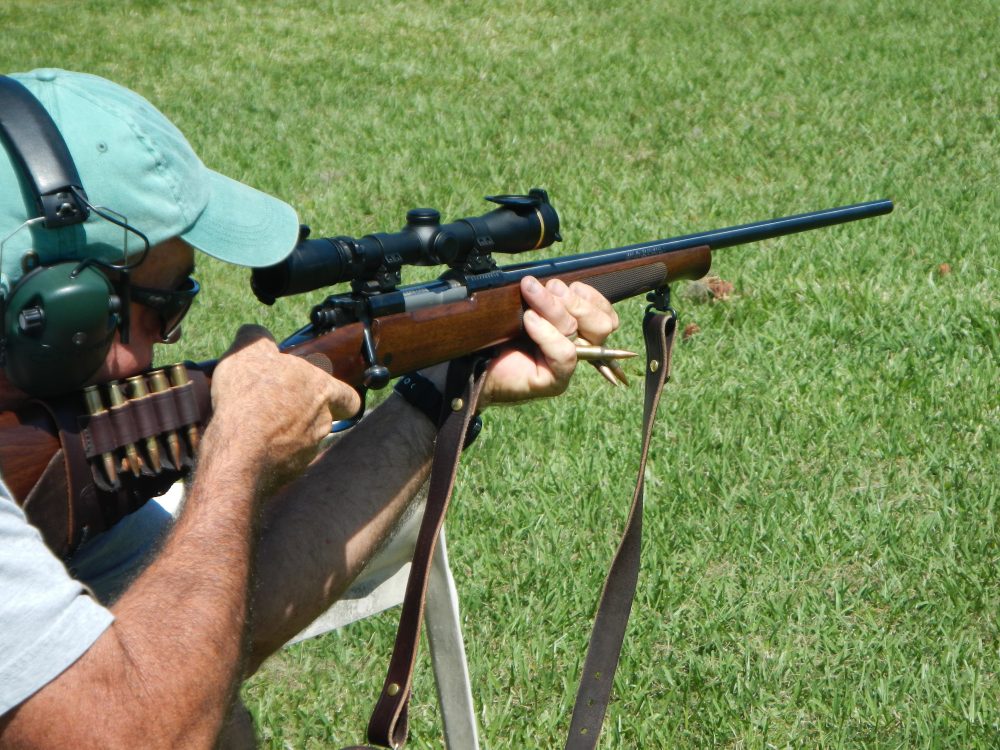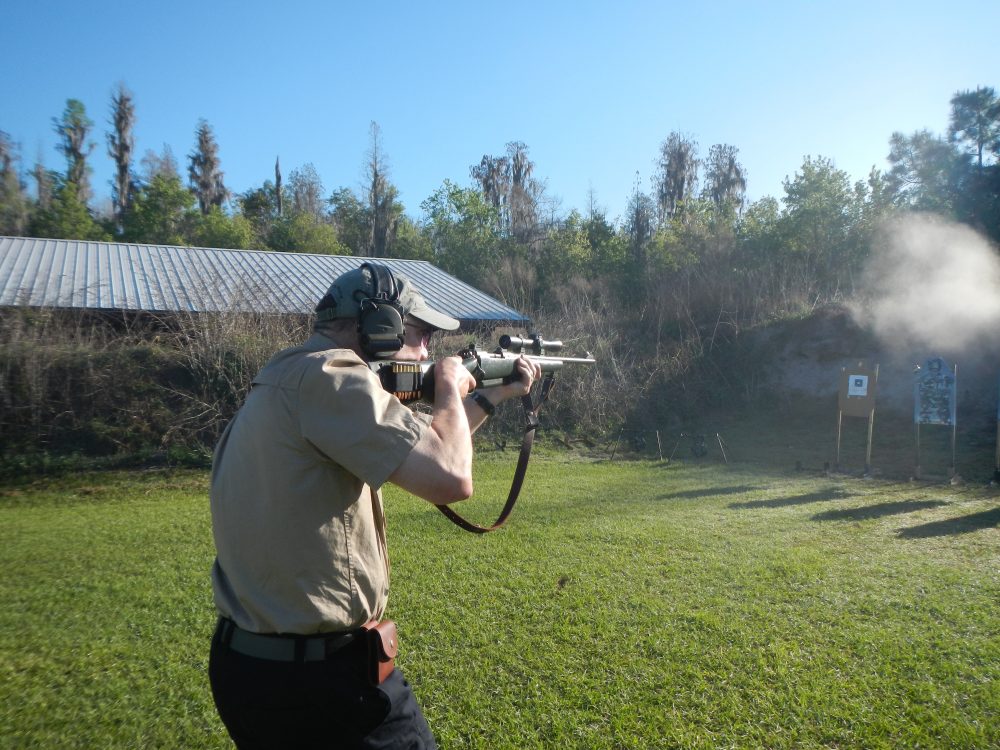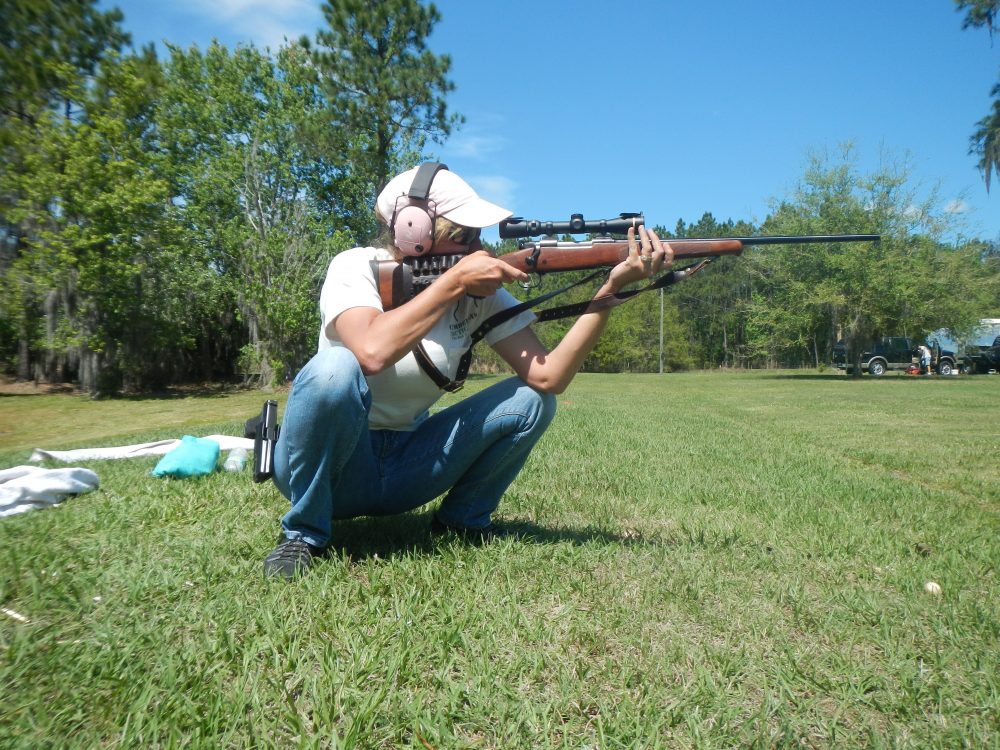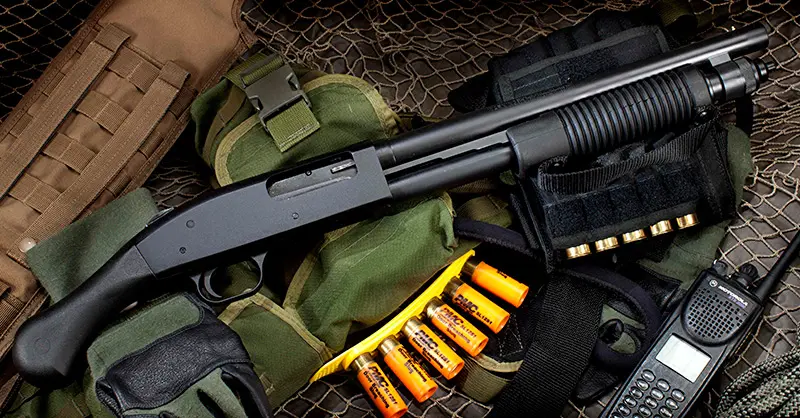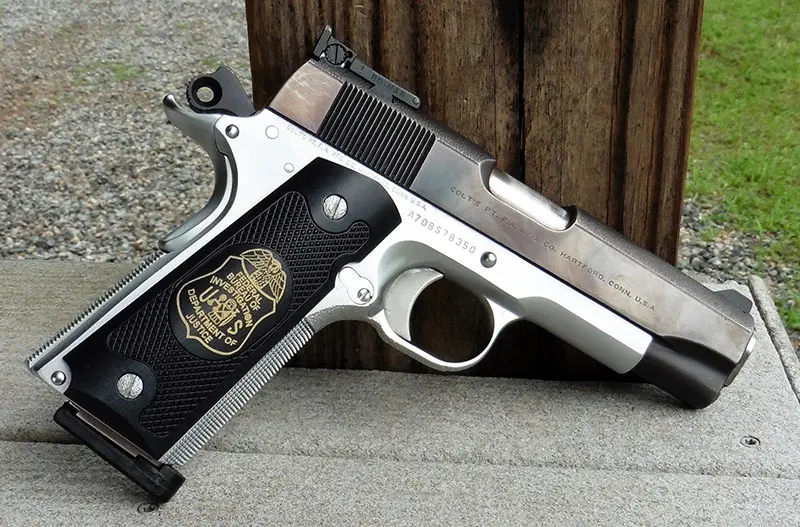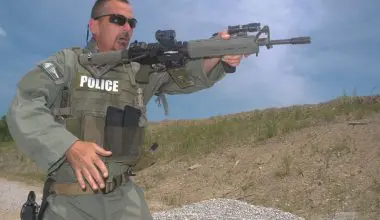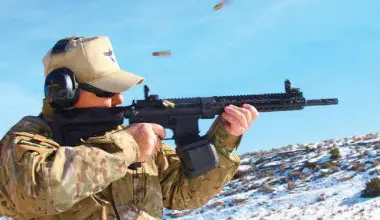As we’ve seen in the past with gun control legislation, it is an incremental and gradual process, first vilifying and then legislating the most “evil” guns before moving on to others. The politicians will save the wooden guns for last, because taking Bubba’s deer rifle will prove the most difficult (although they are already laying the groundwork to do so by putting the “sniper rifle” concept into the minds of the sheeple).
Given that lever- and bolt-action rifles are likely to be the last we are legally able to own, it makes sense to learn how to operate them and even work to become proficient with them. Even if you don’t believe in various Chicken Little conspiracy theories, knowing how to run a bolt gun correctly is as much a necessary man skill as knowing how to drive a stick shift. And if you’re a hunter, you’re probably well familiar with the bolt gun, but also likely don’t know what you don’t know if your only instruction was out in a field with Granddad when you were ten.
Students shooting at 200 yards.
Table of Contents
PRACTICAL RIFLE
Enter the Cumberland Tactics Practical Rifle course taught by Randy Cain. Twelve intrepid students braved the unseasonably warm weather in March 2012 at the Southern Exposure Training Facility outside of Lakeland, Florida to learn these skills for themselves.
Cumberland Tactics’ defines a Practical Rifle as a lightweight, fast handling bolt-action or lever-action rifle with iron sights or low power scopes.
We began class on Training Day 1 (TD1) with the requisite safety discussion and range etiquette talk. From there Randy discussed how his concept for the Practical Rifle course evolved out of his time first as a student and later an instructor at Gunsite. The primary focus of Practical Rifle is good for practical shooting, which Randy defines as fighting or hunting.
Randy has used a bolt-action rifle himself while attending an EAG carbine course with Pat Rogers, and as Randy puts it, “You don’t give up all that much.” To the notion of split times, Randy said, “If I can hit somebody first with a .308, it doesn’t matter what his split times are.” The main advantage of a high-capacity semi-auto rifle is that you manipulate less. And with proper instruction on stance, cheek weld, keeping the gun topped up, and how to run the bolt, those manipulations can be made in the times between shots anyway. To that end, we went over loading and unloading the rifle before moving out to the range to begin the zeroing process.
Randy Cain excels at using the challenges faced by one shooter to demonstrate a point to the entire class. Here he discusses “dragging wood.”
As in the Carbine course I wrote about previously (EATING THE ELEPHANT: Cumberland Tactics Carbine I, July 2011 S.W.A.T.), Randy uses the zeroing process to teach, not just to get the point of aim equal to the point of impact at a given distance. He began by discussing skeletal support and we shot for groups at 50 yards using the Military Prone as demonstrated by Randy.
He then discussed the seven points of contact with the rifle, and we shot for groups again. Then Natural Point of Aim, and groups again. Students were continuously getting more practice along with more information. Next Randy introduced us to Natural Respiratory Pause, and we shot groups again. Then Olympic Prone and more groups. This took us to lunch on TD1.
“THAT GUY” MOMENT
If you’re thinking that wasn’t a lot to cover before lunch, you would almost be right. We had a “that guy” moment right out of the gate from yours truly during the first volley of fire. My rounds were impacting the dirt halfway to the target at 50 yards. As it turns out, unbeknownst to this AR die-hard, scope ring bases for bolt-action rifles have a front and rear base, and it matters which one you put where. I reversed them in my hurry to get the gun put together for the class, and it was causing my barrel to push so low relative to line of sight that you couldn’t even bore sight the gun.
Head-to-head competition at 100 yards. Squat and standing are common position in this competition at this distance.
Randy took the time to remove the scope and rings, lap the rings, and demonstrate how and why a scope should be properly mounted, and what pitfalls await the gun owner who does things incorrectly (besides my now-obvious rounds in the dirt).
I do not bring this up to say you should arrive at class with scope unmounted and Randy will perform gunsmithing duties, but to illustrate that, even when thrown a pretty nasty curveball, Randy has the ability as a teacher to adapt and turn it into a lesson for the entire class. More than one student mentioned that they hadn’t done something correctly in mounting their own optics and simply got lucky. But maybe they were just trying to make me feel better.
POSITION SHOOTING
After lunch we moved into positions. Randy said, “I think position shooting is the essence of being a rifleman,” and this class was definitely about being a rifleman. Randy covered sitting three different ways—squat, braced kneel, and offhand. Again, not only were we learning positions, but we were also learning to shoot. Randy made his way up and down the line, offering corrections where needed, calling the class over to observe a student who was doing something right—or wrong. When wrong, the correction was not made in a derogatory way, but rather in a way that corrected the student’s error while helping prevent other students from making the same mistake.
The position-shooting portion of the class was followed by a series of drills whereby we quickly assumed the position on command and fired a group. From standing to prone, five shots. Standing to sitting, five shots, and so on all the way up to remaining standing.
Almost everyone chose prone during head-to-head competition at 200 yards.
GUNHANDLING
The rest of the afternoon was made up largely of gunhandling. As is typical of Randy, he taught several methods, allowed students to practice them, told us which he preferred and why, and then let us make up our own minds as to which method to use. This same methodology extended to slinging, with the most common choices being African and American carry.
We covered running the bolt, and were instructed to keep our heads on the stock when doing so, such that we could reset the gun to make a follow-up shot during the recoil and time it takes to reacquire the optic. This led to learning to keep the gun topped up during a series of close-range drills involving moving in, moving out, and engaging targets. High Ready and Low Ready were covered, along with when to use each and why.
Learning to deal with the added recoil of the .308 round and a non-reciprocating action was especially challenging for me, as was remembering to run the bolt, since I’d grown accustomed to rifles that do that for me. Randy was always there to observe, remind us to keep our heads on the stock, and make small adjustments to our stances as they changed during movement.
One student’s solution to keeping ammunition handy on the cover-fire drill.
The following two days built on the fundamentals learned on TD1. We covered proper use of the Ching Sling and how to use it in various positions. We shot cover-fire drills with a partner. We covered nine different methods of transition to pistol (no mean feat without the tactical slings many of us are used to) and tried them all. We refined our zeroes out to 200 yards and checked them at other in-between distances.
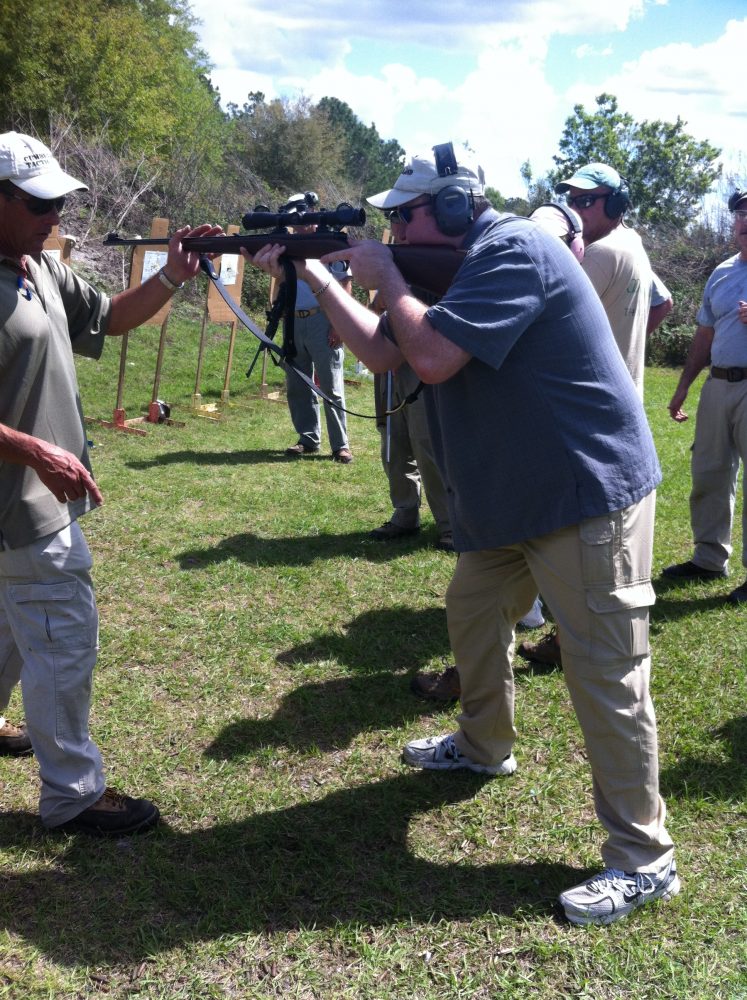
During lunch on TD3, Randy covered the proper cleaning procedure for our guns in great detail, from what equipment was required to the finer points of said equipment (such as whether to use a coated or uncoated rod), and what to look for on the patches as we cleaned. In his typically humble manner, Randy did not say this was the right way because he said so, but explained why he does things the way he does, then discussed alternatives and why he doesn’t like the alternatives.
IN-CLASS COMPETITIONS
Small competitions played a role in the course as well. One such competition was a drill called The Scrambler—shooting five rounds over a running course for time. The first shot was taken at 75 yards from prone, then move to 70 yards and fire from sitting, 65 yards and fire from squat, 60 yards and fire from kneel, and 50 yards and fire from standing offhand. The winner was the fastest clean run or the fastest run with the fewest misses if nobody shot it clean. One shooter ran it clean in 53 seconds and was declared the winner. There were several misses due to students simply going too fast.
There were also two head-to-head shoot-offs, one at 100 yards on TD2 and the other at 200 yards on TD3, wherein students were free to assume any position they wanted. The first to get a hit on the eight-inch steel plate was the winner. The field was narrowed, with winners repeating against winners and losers standing in the sun, until an ultimate champion was crowned. The overall winner at 100 was yours truly, much to everyone’s chagrin, and Randy advised that someone had to beat me on TD3 at 200 yards.
Scout scope is one possible solution on the Practical Rifle.
COURSE GEAR
I arrived at the course with a Practical Rifle based on plenty of prior discussion with Randy. He advocates for the Winchester Model 70, pre-1964 if you can find it or current “Classic” if you can’t, due largely to the controlled-round feeding of the Mauser action type. I chose the Featherweight Compact model that comes with a shorter barrel and stock and lighter overall weight. He also suggests the Leupold VX-3 line of optics as an affordable choice. I selected the 1.5-5X version. Finally, to get the most out of this course, you need to have a Ching Sling, and the best place to get one is Andy’s Leather Shop. I chose the one-inch version with longer center section.
As it turned out, the shorter stock, while perfect for those shorter and/or meatier than I, was too short for me. If buying today, I would opt for the standard Featherweight M70. In conjunction with that, the 1.5X VX-3 has some eye-relief issues that I believe may have been mitigated by the 1.75X version, again due largely to my body type.
I would like to try a wider version of the sling, but Randy has advised that the one-inch version is the way to go. While it may sound like I arrived with all the wrong gear, the changes I would make are relatively minor. All I’d need to do is sell the gun I have as-is and buy the new parts. On the used market, it should be a break-even endeavor at worst.
Picture-perfect squat position at 100 yards.
WHY THIS RIFLE?
So what’s the point? Even Randy will tell you that if he were dropped into a hot zone out of a helicopter, he’d want an M4 with an Aimpoint and as many magazines as he could carry. But I’m not doing that—are you? And even if you are doing that professionally, are you likely to be doing it on your own time, and will you even be allowed to own that M4 if the balloon goes up?
If not, as Randy says, “In a likely scenario where you even have a chance, you could do a lot worse than one of these guns.” If you can spend a three-day weekend on the range with Randy, when that time comes, you’ll know how to use the tool at hand.
Even if you don’t buy all that, I can tell you that as a die-hard AR guy, Randy Cain’s Practical Rifle course made me a better shooter, and my knowledge base grew not only wider, but also much deeper.
SOURCES:
Cumberland Tactics
(615) 351-5243
www.guntactics.com
Southern Exposure Training Facility
(305) 934-1818
www.southernexposuretraining.com
Andy’s Leather Shop
(603) 630-4072
www.andysleather.com
